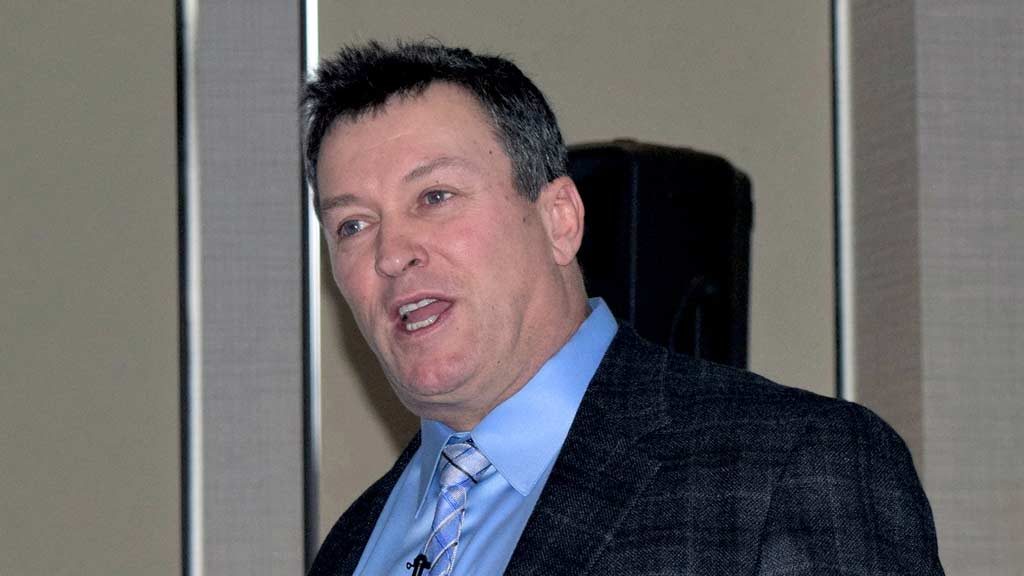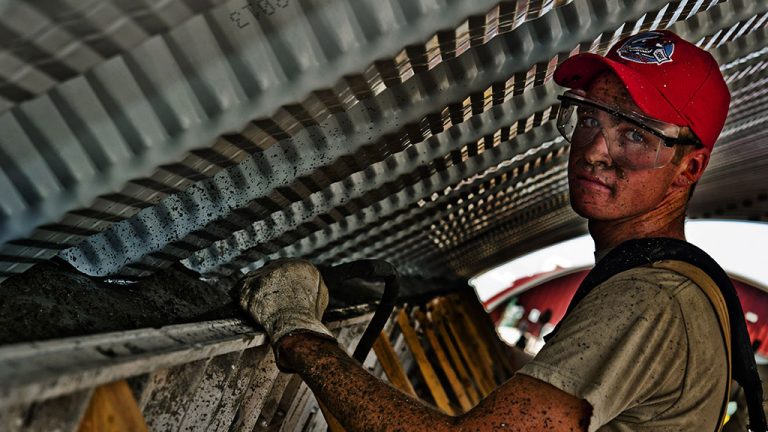Health and safety discussions in the construction sector generally start with motherhood pleas, literally, that all parties should ensure workers return home safely to their loved ones at the end of each day.
But as health and safety consultant Kevin Brown told delegates attending the Ontario Sewer and Watermain Construction Association conference held in Blue Mountain, Ont. Feb. 9 to 12, prudent contractors ought to supplement extensive health and safety training with well-developed protocols for health and safety record-keeping and dealing with Ministry of Labour (MOL) inspectors.
Brown’s presentation was titled ‘Due diligence and what to do when the MOL shows up.’ Workplace safety is first and foremost about saving lives and preventing injuries, he said, but it’s also about avoiding the workplace costs and turmoil associated with those incidents.
“We are in the production business, we are in it to make money,” said Brown, a former executive in the heavy civil sector turned MOL (now Ministry of Labour, Training and Skills Development) inspector who now operates the consulting firm Cobalt Safety.
The average lost-time injury in Ontario costs $30,000, a WSIB study reported, but with legal fees and indirect costs such as damage to property and equipment, hiring of experts, investigations and extra training — not to mention the damage to a firm’s reputation — Brown said the estimated total average cost of an LTI is $480,000.
“That was profit,” he remarked. “It comes right out of your pocket.”
Brown said about 75 per cent of charges laid under the Occupational Health and Safety Act (OHSA) result in convictions. Meanwhile, the penalties for OHSA convictions have recently gone up — for a corporation, the maximum fine is now $1.5 million per offence, up from $500,000 before 2018, while for an individual director, supervisor or worker, the maximum fine is now $100,000 per offence, quadruple the old amount.
Since 2004, firms can also be prosecuted under the Criminal Code based on the Westray provisions, with jail terms or fines among the penalties.
“Which is cheaper, the shortcut or doing it correctly?” Brown asked.
MOL inspectors enforce the OHSA and ensure workplace parties are maintaining an effective Internal Responsibility System, he explained. They have the right to enter any workplace without a warrant or notice.
The first piece of advice Brown gives to employers when an inspector shows up? It’s better to treat them with honey than with vinegar. Don’t run around hiding evidence when the inspector’s vehicle shows up — attempts to hinder, obstruct, molest or interfere with inspectors in the exercise of their power is prohibited by law.
In a discussion of “boots versus suits,” the MOL represents suits, Brown said, enforcing legislation.
“They are playing the game of law, that is their job, they are the regulator,” he explained.
Inspectors are looking to see that there is care, control and responsibility being demonstrated for the health and safety of the workers. They are checking for potential hazards or risks that may endanger a worker.
Among their powers, they may test equipment, and they have extensive rights to ask for documents, drawings, specifications, licences and records.
To minimize the chances of charges and convictions, Brown recommends the following strategies:
- Do not allow anyone to hinder an MOL inspector in their inspection.
- Request that the firm’s health and safety representative be allowed to accompany the inspector.
- The firm’s representative should carry a notebook and write down what the inspector is saying. “If you are writing and they are not it’s a good indication of cooperation,” Brown suggested.
- If the inspector spots a hazard, immediately make appropriate phone calls and start to address it if possible.
- If your representative spots a hazard, take steps to have it corrected. Don’t wait for the inspector to say it or issue an order.
- Ask for clarification in case the rep is unsure of an order.
- Be professional, never confrontational.
Asserting due diligence as a defence to charges requires that an employer prove they have health and safety policies and programs in place, workers and managers have undergone training, and systems are monitored and enforced, Brown said.
“Due diligence is your only legal defence,” he said.
It means litigation readiness, Brown added: “Are you ready to go to court now?”
Wrapping up the session, OSWCA executive director Giovanni Cautillo said contractors should take away the message that good documentation goes a long way.
“When it comes down to it, make sure you document everything,” he said. “And especially now with the Construction Act, with adjudication, you have to be prepared at all times.”
Follow the author on Twitter @DonWall_DCN.











Recent Comments
comments for this post are closed